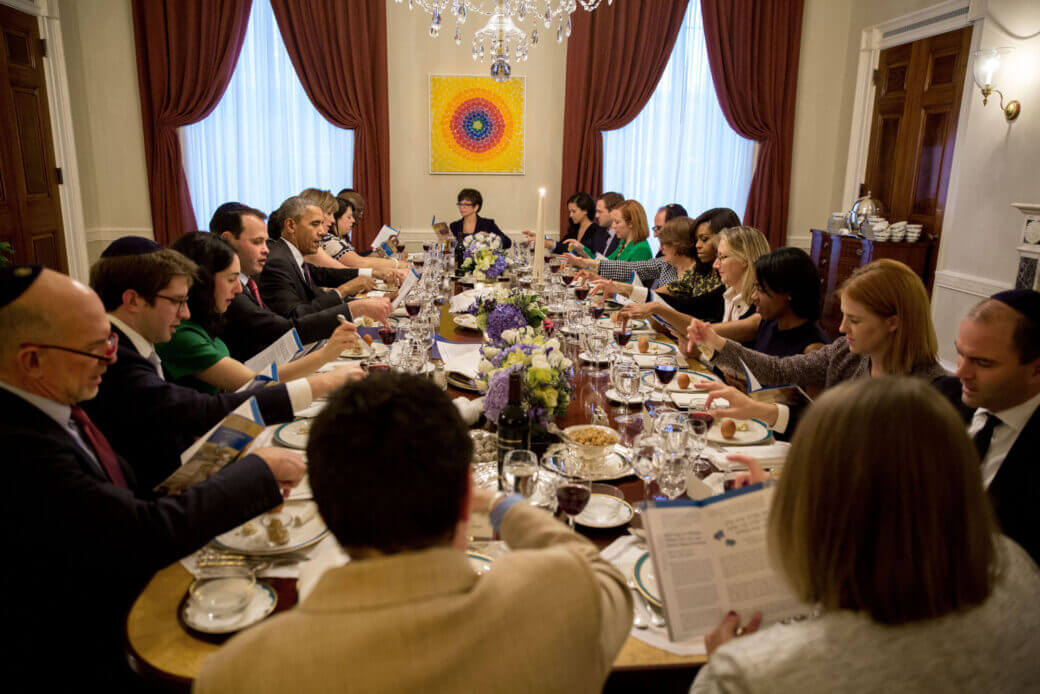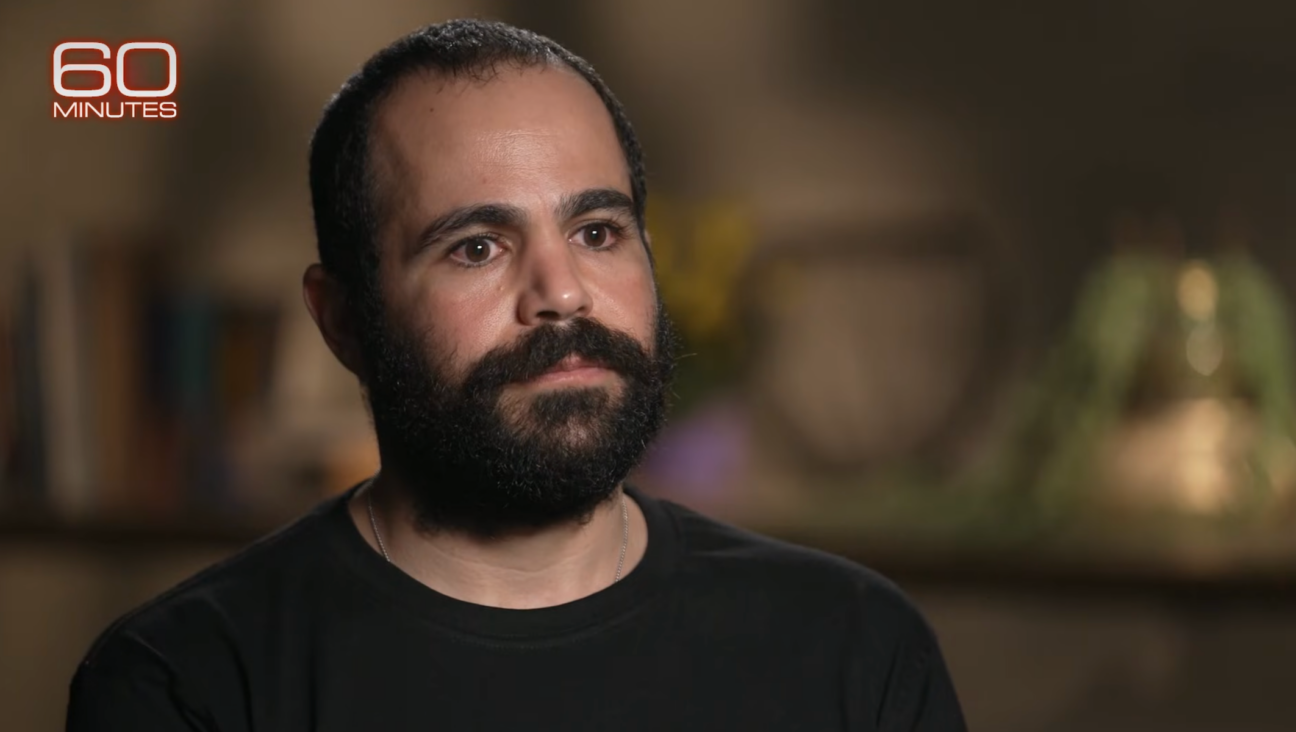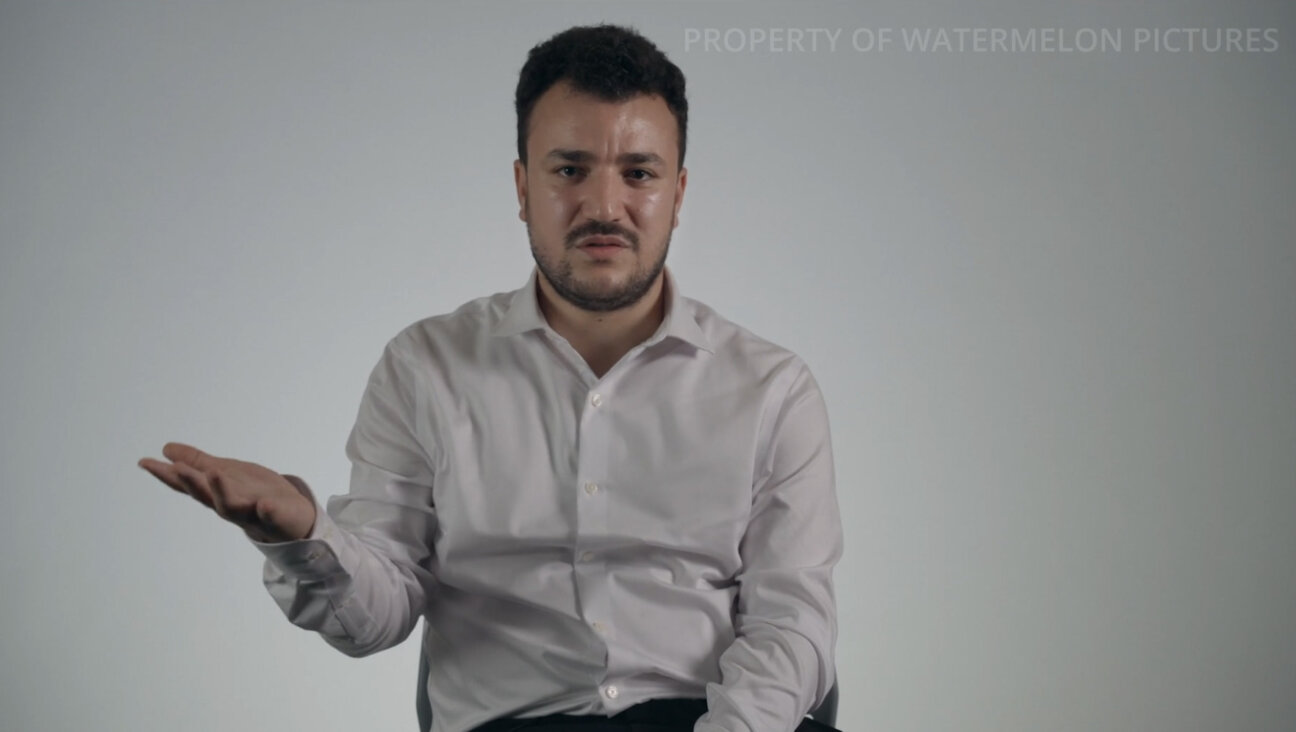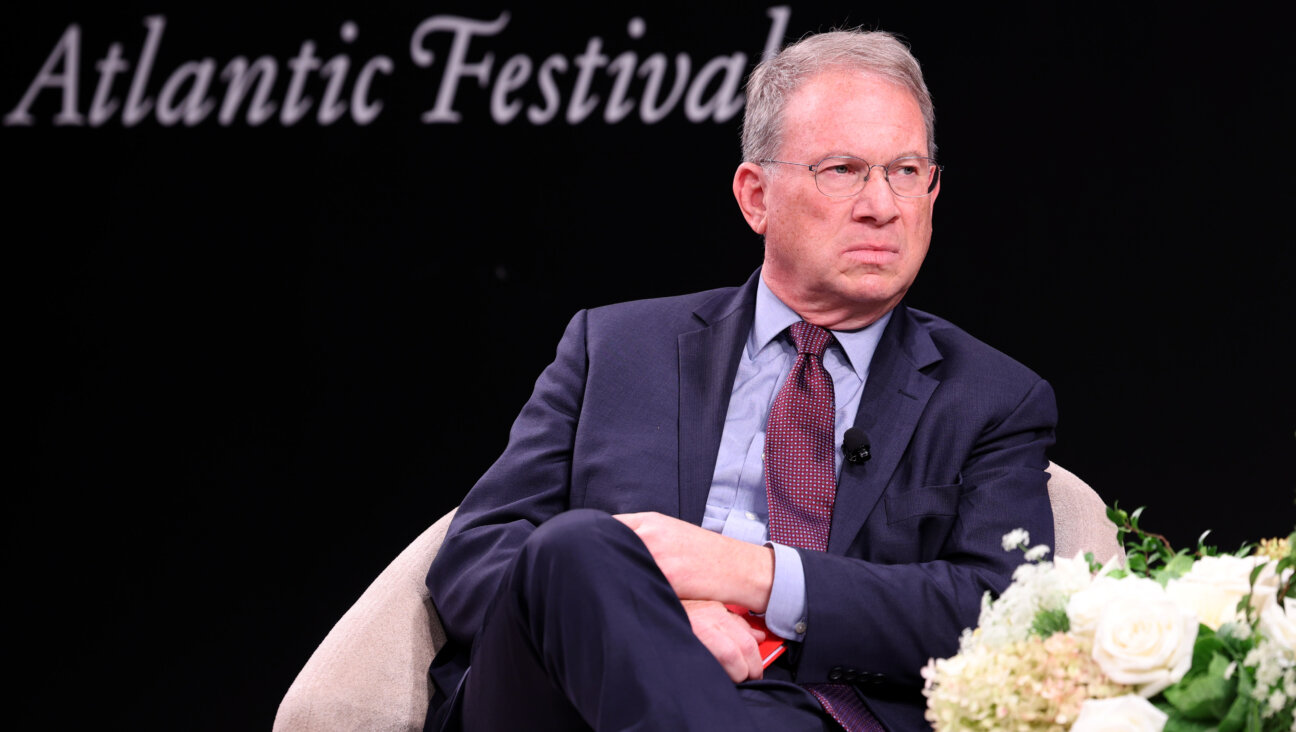N.Y. Reform, Conservative Numbers Down
Headline coverage of the new demographic study released this week by UJA-Federation of New York trumpeted its findings on poverty and migration, including the fact that the Jewish population within New York City had dropped below 1 million for the first time in a century, which The New York Times called a “city milestone.”
Some of the study’s most significant findings, however, are not economic or geographic, but religious. Compared to the federation’s last study in 1991, the Orthodox, unaffiliated and secular segments of the Jewish population all saw substantial increases, while the numbers of Reform and Conservative Jews declined.
The once-a-decade study of Jewish demographics and identity in the New York area, which involved 4,533 telephone interviews, found 972,000 Jews in New York City, a drop of 5% since the 1991 study. The city’s losses were offset by the growth of Jewish population in three suburban counties — Westchester, Nassau and Suffolk — which saw their Jewish populations collectively grow by 12%. Overall, the total number of Jews in New York City and its close suburbs has remained steady since 1991 at 1.4 million.
The proportion of Orthodox Jews in the surveyed area’s Jewish population has risen from 13% in 1991 to 19%. Within city limits, Orthodox Jews are now 25% of the Jewish population; in Brooklyn, the borough with the largest Jewish population, Orthodox Jews constitute 37%. Experts attributed the growth to the relatively high birthrates among Orthodox Jews. Nationally, only 8% of Jewish adults are Orthodox, according to the 2001 American Jewish Identity Survey conducted by sociologists Egon Mayer and Barry Kosmin.
“New York was always different, but the differences are accelerating,” said Jacob Ukeles, the survey’s principal investigator.
At the other end of the spectrum of religious observance, the proportion of Jews who identify as “just Jewish,” nondenominational, secular or as having no religion jumped from 13% to 25% of the area’s Jewish population. Mayer, chairman of Brooklyn College’s sociology department and a member of the study’s technical advisory group, said the increase was probably due in part to the influx of Jews from the former Soviet Union. Russian-speaking Jews now number 202,000, or 14% of the region’s Jewish population. More than half live in Brooklyn.
In the middle, the proportion of New York area Jews who identify themselves as Reform fell from 36% to 29%, while Conservative Jews fell from 34% to 26%. Mayer suggested that the fall in the numbers of Reform and Conservative Jews may be due to “movement at two levels: geographic and ideological.”
Fully 72% of area Jews said they “usually or always” fast on Yom Kippur, 73% said they had attended a Jewish cultural event or visited a Jewish museum in the last year, and 43% of households belonged to a synagogue. Just 65% said being Jewish was “very important” to them. Another 26% said it was “somewhat important.”
Among New York Jewish couples who were wed between 1990 and 2002, 31% married non-Jews. The intermarriage rate is considerably lower than elsewhere in the country, and is only two percentage points higher than among area Jews who were married between the years 1980 and 1989.
More striking, the intermarriage rate among Jews between the ages of 18 and 29 is significantly lower than among those aged 30 to 39, at 19% versus 26%. “Clearly the size of the Orthodox community has an impact on that overall rate,” said Ukeles. “Orthodox young people marry younger, and while in-marriage is not 100% even in the Orthodox community, in-marriage is very, very high in the Orthodox community.”
Some have argued that the findings of the new study should not be compared with those of the 1991 New York Jewish Population Study because of differences in methodology. The planners of the new study chose methods of selecting, screening and sorting interviewees that, while justifiable, are different from previous studies, making comparisons difficult, said Bethamie Horowitz, who oversaw the 1991 study.
Additionally, some experts maintain that the 1991 study undercounted Russian Jews, possibly skewing its findings in some key categories.
Samuel Heilman, a City University of New York sociologist who served on the 2002 survey’s technical advisory group, suggested that because of differing methods, the percentage shifts cited between 1991 and 2002 were probably not precise. “There have been changes, but I don’t know how big the changes have been,” he said. Still, he said the general trends indicated in the new survey — the growth of the Orthodox and Russian populations, and the decline of the Conservative and Reform populations — are probably correct.
The 2002 study’s co-principal investigator, Ron Miller, however, insisted that the two studies are “very comparable,” although he did say that the new study had expanded Russian-language interview efforts over the previous survey.
The Forward is free to read, but it isn’t free to produce

I hope you appreciated this article. Before you go, I’d like to ask you to please support the Forward.
At a time when other newsrooms are closing or cutting back, the Forward has removed its paywall and invested additional resources to report on the ground from Israel and around the U.S. on the impact of the war, rising antisemitism and polarized discourse.
Readers like you make it all possible. We’ve started our Passover Fundraising Drive, and we need 1,800 readers like you to step up to support the Forward by April 21. Members of the Forward board are even matching the first 1,000 gifts, up to $70,000.
This is a great time to support independent Jewish journalism, because every dollar goes twice as far.
— Rachel Fishman Feddersen, Publisher and CEO
2X match on all Passover gifts!
Most Popular
- 1

Film & TV What Gal Gadot has said about the Israeli-Palestinian conflict
- 2

News A Jewish Republican and Muslim Democrat are suddenly in a tight race for a special seat in Congress
- 3

Fast Forward The NCAA men’s Final Four has 3 Jewish coaches
- 4

Culture How two Jewish names — Kohen and Mira — are dividing red and blue states
In Case You Missed It
-

Books The White House Seder started in a Pennsylvania basement. Its legacy lives on.
-

Fast Forward The NCAA men’s Final Four has 3 Jewish coaches
-

Fast Forward Yarden Bibas says ‘I am here because of Trump’ and pleads with him to stop the Gaza war
-

Fast Forward Trump’s plan to enlist Elon Musk began at Lubavitcher Rebbe’s grave
-
Shop the Forward Store
100% of profits support our journalism
Republish This Story
Please read before republishing
We’re happy to make this story available to republish for free, unless it originated with JTA, Haaretz or another publication (as indicated on the article) and as long as you follow our guidelines.
You must comply with the following:
- Credit the Forward
- Retain our pixel
- Preserve our canonical link in Google search
- Add a noindex tag in Google search
See our full guidelines for more information, and this guide for detail about canonical URLs.
To republish, copy the HTML by clicking on the yellow button to the right; it includes our tracking pixel, all paragraph styles and hyperlinks, the author byline and credit to the Forward. It does not include images; to avoid copyright violations, you must add them manually, following our guidelines. Please email us at [email protected], subject line “republish,” with any questions or to let us know what stories you’re picking up.














